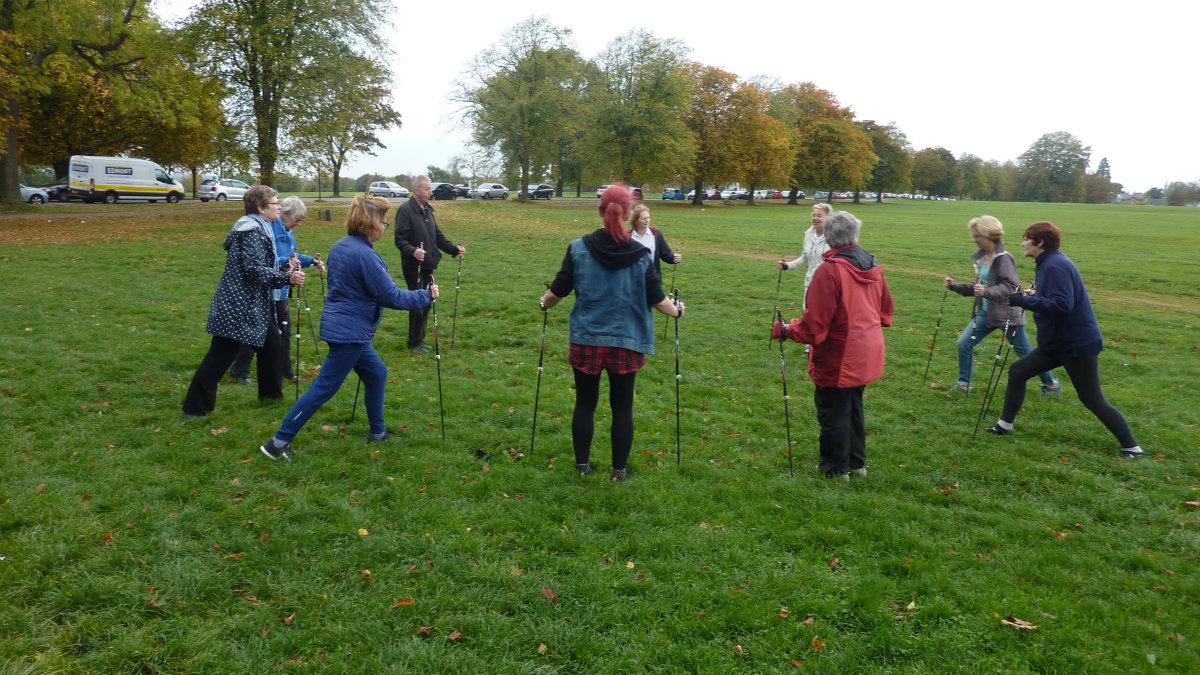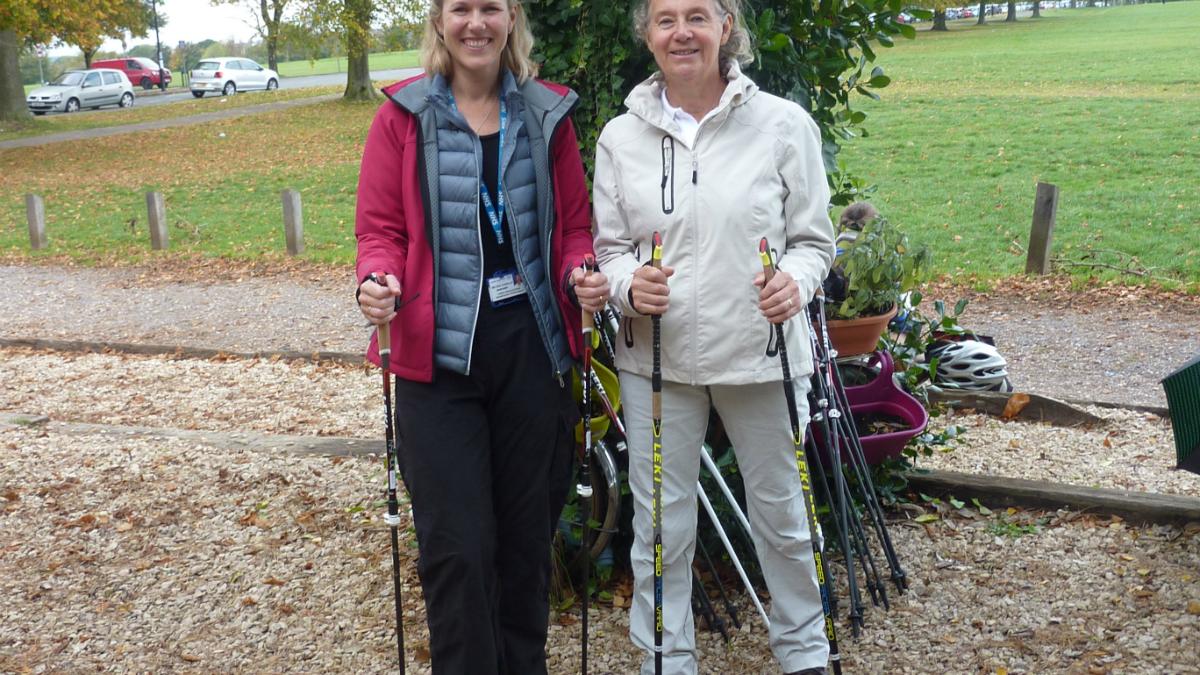Tailored Nordic walking with physiotherapy support could be a promising intervention for people with inflammatory rheumatic diseases, according to the initial findings of a recent research study.

Researchers at University Hospitals Bristol NHS Trust investigated Nordic walking as an intervention through 10 one-hour sessions over 10 weeks with patients at rheumatology clinics.
Initial training was given in groups of three with a qualified instructor and a rheumatology physiotherapist.
The sessions took place on Clifton Downs, a flat, grassy area in Bristol and two groups of 12 participants took part in the Nordic walking programme which was tailored to suit the individuals.
Melissa Domaille, a research physio at the trust, who led the acceptability study, said the initial findings showed promising outcomes.
‘The biggest difference was making the route achievable for patients,’ said Ms Domaille.
'Some participants were worried they wouldn’t be able to keep up, so we had a central point at a café and flags at different distances so people could self-select markers and pace themselves.’

The participants ranged in age from 35-82 with a whole spectrum of fitness levels. By the end of the sessions, some had even tried Nordic running.
The results, so far, reveal how important these adaptations were to participants. They found it reassuring that rheumatology specialists, including Ms Domaille, helped to design the intervention.
Also, that the delivery was supported by a physiotherapist, who checked their progress and could be contacted via a helpline.
Sense of wellbeing
All 24 patients expressed interest in continuing with this approach and nobody dropped out. Some participants formed a group to continue independently. They said that being part of a supportive group helped their sense of wellbeing.
The initial stage of the study, sponsored by University Hospitals Bristol in collaboration with the University of the West of England, concluded that tailored Nordic walking has the potential to offer an acceptable and beneficial physical activity.
‘The next step is to apply for a grant for a larger study to further assess whether it is a beneficial and cost-effective intervention,’ said Ms Domaille.
Number of subscribers: 3